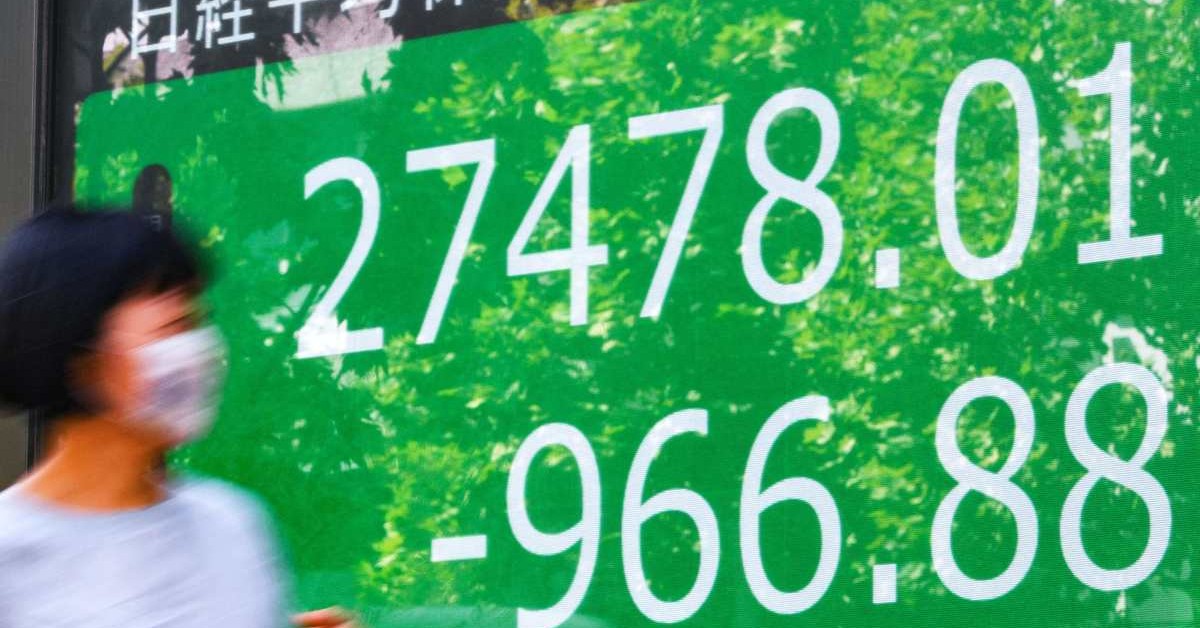BOJ does not seem to have any intention to act in support of the Yen.
October started with the hope of further growth, but investors are still very cautious. The Latest BoJ meeting minutes show that policymakers in the Japanese central bank are not intended to change the monetary policy, even though they are worried about Japan’s rising inflation and the weakening yen.
After weakness in the first half of September and then recovery to 28,677, Nikkei 225 started its downtrend on September 13 until the last trading day of the month to test a three-month low at 25,596, before its return in October. And Yen, traded mostly sideways against the dollar since the first days of September, with the USDJPY moving close to the 144.5 level. The side movement of the Yen continues, but breaching 144 can change the scenario, at least in the short term, especially with the current weakness seen in the USD rate.
On the other hand, while the BOJ does not intend to change its monetary policy to support the ailing currency, the Ministry of Finance intervened in the currency market for the first time since 1998, buying Yen for dollars. Even though this action, taken by the government, somehow helped the Yen in the short term, however, with a stronger USD, especially in the first half of the last week, its parity against the dollar did not change much.
Even though BOJ Governor Haruhiko Kuroda in his speech last week supported the government's recent bond-buying program on Monday, and defended the intervention, the BOJ itself does not seem to have any plan to act in support of the Yen. This stability in current policies can be seen in the latest minutes of the bank's meeting, as the BOJ maintained its ultra-easy monetary policy keeping its main refinancing rate at -0.10%. So while other countries are adopting a tighter fiscal policy, the Central bank in Japan continues to pour money into the economy. This wide difference in interest rates is putting pressure on the Yen, but BOJ still keeps the target for the 10-year bond yield at 0%.
On the economic data front, the Bank of Japan's Tankan survey provided early insight into how Japan's economy fared during the third quarter of this year. Growth trends have been moderate so far in 2022, and key measures from the Q3 Tankan survey showed mixed economic conditions. While the consensus forecast for the large manufacturers' diffusion index to improve two points to +11, actual numbers missed the expectation by falling one point to 8. On the other hand, the large non-manufacturers diffusion index which was expected to remain steady at +13, raised one point to 14. This mixed growing data in manufacturing and none-manufacturing sections in line with inflation that raised to 2.8% in September from 2.6% in July, somehow telling us that BoJ getting closer to its main plan, which could be helpful for the Japanese stock markets in the last quarter of 2022.
From the technical point of view, If the USDJPY pair falls, support might be found near 141.5 and further down at 138.0. On the flip side, in a bullish movement, resistance has been placed at the 145 level and then, at the 1998 high of 147.7.
For Nikkei 225, the uptrend sounds like started. However, it must first Japanese 225 must be first traded stable above 20 DMA at 27,345, but if it returns to a downward move, the next target sits at 25,687.


















